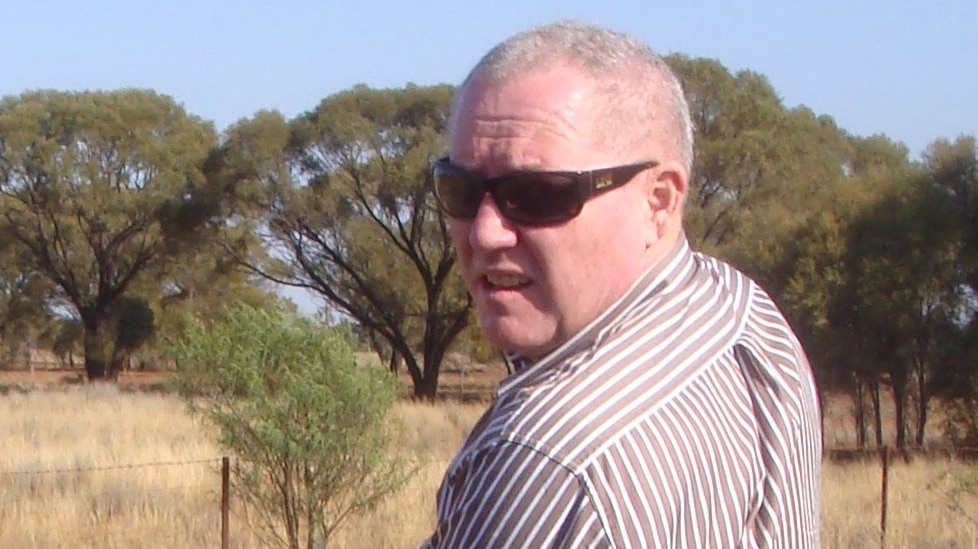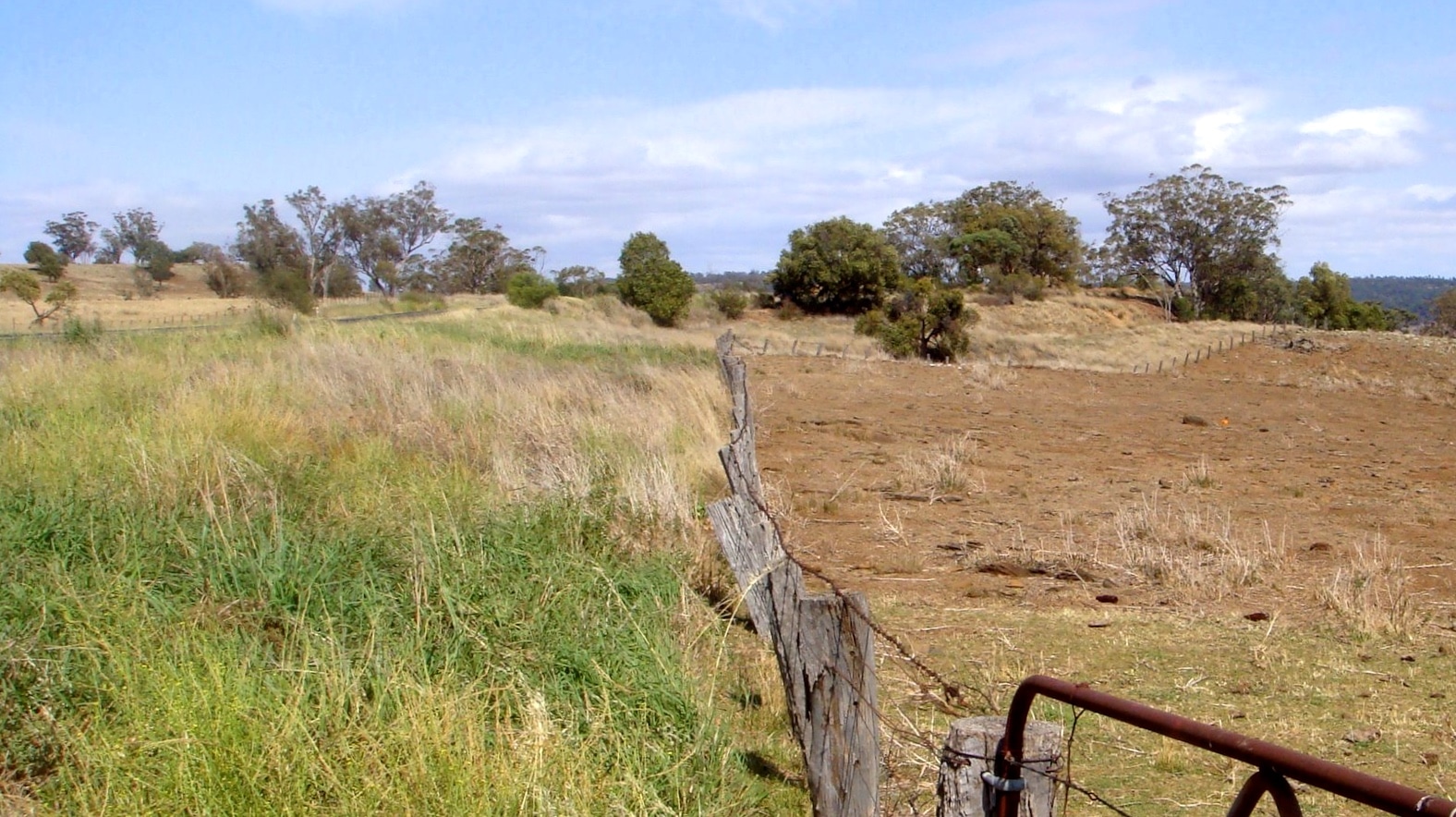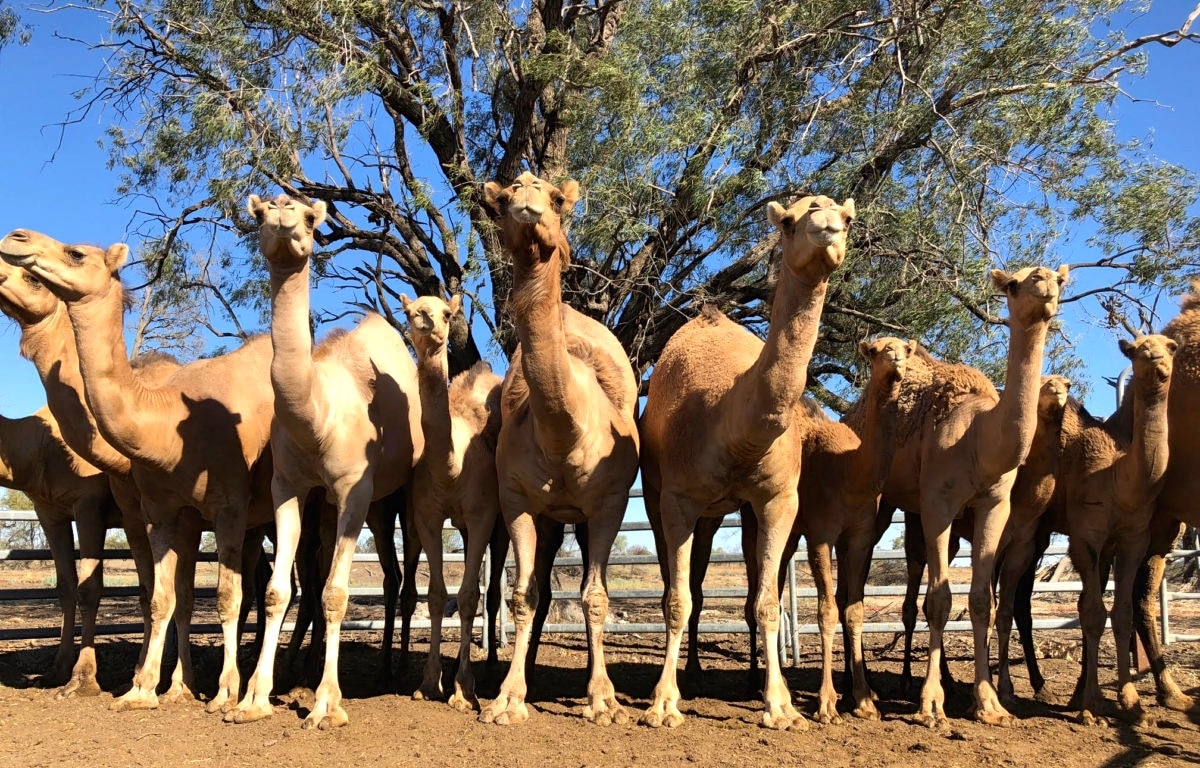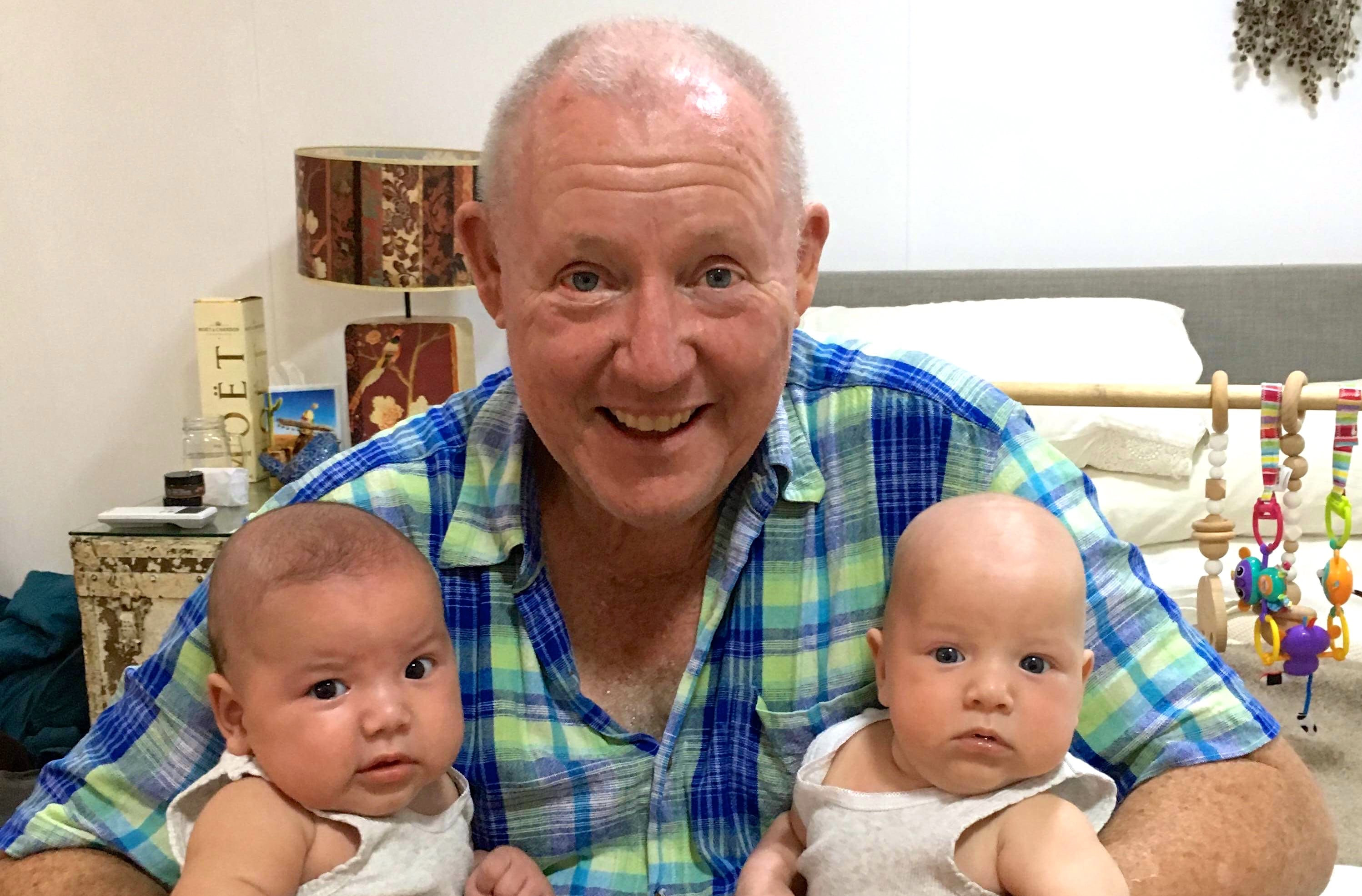Cows are often the scape-goats (or scape-cows) for climate change; the methane-burping livestock animals have become confused with our management of them.
By giving the animals a more holistic hook, carbon-canny cattle rancher Tony Lovell, co-founder of SLM Australia Livestock Fund, has raised a whopping $100 million to help to regenerate the billions of hectares of damaged Australian grasslands – using soil management, biodiversity restoration and grazing techniques: “Cows and sheep are just cows and sheep. They are neither good nor bad. The piece most people are missing is how cattle are managed.”
Brought up on a dairy farm, today Tony lives on his own family farm on the Gold Coast of Australia. He wants us to know that we can find simple solutions to complex problems with a combo of old and new knowledge and technology. Grass needs cows to do what they do naturally – happily munch away – if it’s not to die from undergrazing. Working correctly with soil, the system is a natural ‘carbon pump’ that can take huge quantities of CO2 from the sky. This means that when we manage our livestock properly, working with, and not against, Nature’s cycles, we can mitigate some of the risks of climate change.
Tony believes business can make good money from doing the right thing. Ultimately, he wants young people to be romanced back onto the land. “People want to feel that what they are doing makes a difference, that it matters. When you are committed to socially, financially and ecologically positive agriculture, that is sexy!”
We spoke to the holistic hero about managing livestock properly, farting toxic fumes and the forgiving nature of Nature.

Holistic herds create hectares of hope
Tony Lovell:
Our planet has 5 billion hectares of grasslands. Almost all of it is less healthy than it could and should be, and much of it is in desperate condition. We use properly managed livestock within the framework of ‘holistic management’ to increase biodiversity on all the land we manage.
Desertification is caused by a slow steady decrease in biodiversity. The United Nations has recognised that desertification is one of our biggest threats and challenges.
Many people use simplistic linear thinking. It goes something like this: greenhouse gases (GHGs) are damaging to life on Earth, we need to get rid of GHGs (we call them ‘carbon pollution’). This means ‘sources’ are bad, and ‘sinks’ are good. So GHGs are ‘bad’, methane is a GHG, cows emit methane, so cows are ‘bad’. Simple and linear. And wrong.
Greenhouse gases are essential to life on Earth. Nature actually works in complex cycles. So we need complex cyclical thinking, which goes like this: We have overloaded the system and unbalanced the carbon cycle. The carbon cycle needs to be rebalanced. Properly managed livestock are one tool we can use to rebalance the carbon cycle.
There is a big difference between livestock and properly managed livestock. People know what livestock are, they know what they do to the environment, they know how they fart toxic fumes. But very few people know what properly managed livestock are. The impact they make on the land, good or bad, is decided by the people who are responsible for managing them.

Overgrazing and undergrazing side-by-side
With Australia’s magic fences grass only grows on one side of them. The cattle pushed the fence over reaching out to get to the grass next to the road. The edge of the grass is exactly one fully stretched cow neck plus tip of her tongue from the barbed wire. We can, and must, do better than this.
Most people think of ‘technology’ as machines and computers. It is important to get our definitions clear when we use words. The word ‘technology’ actually means the study of art and skill. While technology is often embedded in machines, it is also the knowledge of techniques and processes. So we use old technology in how we manage our livestock, plus new technology with our electric fences, drones and computer records.
Why do we have camels? There are a number of reasons, all based on increasing biodiversity. They are mainly browsers, while cattle are mainly grazers. They will enthusiastically eat a lot of the plants that cattle won’t, and can access feed up to three metres or more above the ground. Managed properly they are great tools to help SLM profitably leave its land in better condition.
Camels are “almost” a ruminant like a cow. They have a three-chambered stomach, whereas cattle have four chambers. And camels chew their cud just like cows do. Camels’ bacteria help the camel digest feeds like mulga, so they can absorb more of the protein and energy from it than cattle can. By having the camels in with the cattle, we are hoping that some of the camel bugs will find their way into our cattle. This should help our cattle also absorb in the same way.

SLM manage camels the same way as livestock
We need to get people in the city to invest in the land. Many agricultural business operate more like a mine – extracting resources from the land and returning very little. The nutrients flow to the city, the wealth flows to the city, the people flow to the city. We need to reverse these flows of money wherever we can.
Stop doing things that worsen the prospects for our planet. Then accept that each and every time you buy anything, you either improve or worsen things. Choose slowly, choose carefully, choose wisely.
Nature is incredibly forgiving. When we get out of her way, stop fighting her, and listen to what she has been screaming at us, her capacity to heal will never cease to amaze and inspire me.
Denying the evidence is cognitive dissonance. We all have a story in our heads about how the world is, and how it all works. When the evidence is different to what our current story is telling us, we have two choices – accept the new evidence and update our story, or deny the evidence and stick with our story.
Our current story tells us how things have been, how they are, how they will always be. We like this version of our story – after all, we wrote it! So we look hard for those one or two bits of evidence that support our current story, and happily fail to notice all the other bits of evidence that scream at us our story needs updating. This is confirmation bias.
If I could have one ‘FuturePower’… it would be the ability to have people realise when they are in cognitive dissonance and to be aware of their confirmation bias. Humanity’s story needs a global reboot – cognitive dissonance and confirmation bias are blocking that.

The future: the reason Tony does what he does
Listen ► Tony Lovell was talking to Cathy Runciman. Feel the joy as the Atlas co-founder talks about the most creative Atlas project and the most moving. (Spoiler Alert: includes sheep and vultures!)
Watch ► Tony appeared at Atlas of the Future’s Barcelona conference: ‘Fixing the future: adventures in a better tomorrow’. Check out the video here.
Read ► Learn more about SLM Australia Livestock Fund.

